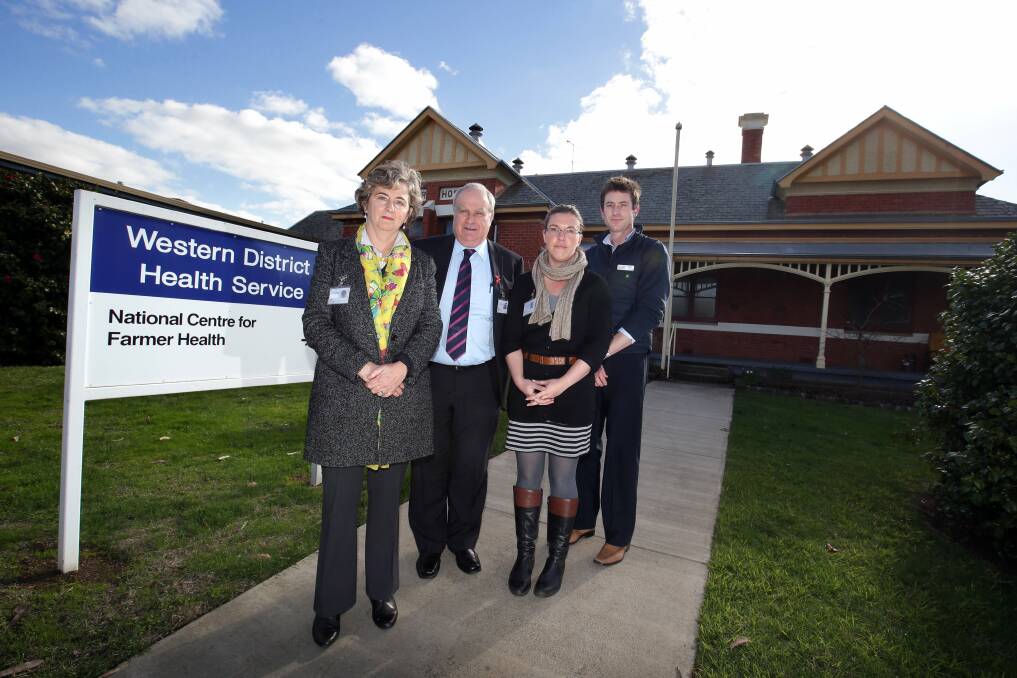
HAMILTON’S National Centre for Farmer Health is facing a grim future after being forced to shut down a key program aimed at improving the life expectancy of farmers.
Subscribe now for unlimited access.
or signup to continue reading
About $1 million is needed to continue the centre and its flagship service called Sustainable Farming Families, but a dispute between the state and the commonwealth will see it axed from next month.
Farmers die on average two years before their town and city counterparts, according to the centre’s director associate professor Susan Brumby.
She told The Standard the “vital” program had worked hard to reverse high rates of cardio-vascular illness faced by those working on the land.
Rural isolation means many are slow to seek medical care or regular check-ups.
“We had hoped there would be further opportunities for funding, it’s such a highly successful program,” Professor Brumby said.
“I’m very disappointed.”
She said more than 2500 people, many of them in drought and flood- affected regions, had taken part since 2003.
“Since the centre was built it has been our flagship program. In the last three years we’ve been trying to get funding for the centre.”
Staffing at the centre has shrunk from 14 members to four.
She said only three projects remain in place before all funds run dry at the end of next year.
“We’re trying to hold on to staff,” she said.
“We’re meant to be the food bowl of Asia — we need healthy people.”
Ironically, a group of Canadian researchers are visiting Victoria about the possibility of using a similar service back home.
Western District Health Service (WDHS) chief executive officer Jim Fletcher said it “was extremely disappointing that we can get national and international recognition, but we can’t get local funding”.
“I can’t believe that they will let something as successful as the National Centre For Farmer Health go under,” Mr Fletcher said.
“When you have international interest — why wouldn’t you fund it?”
Both governments are locked in a standoff over who should pay for the centre.
The state has pointed to its national title as a reason Canberra should chip in, but the reality is most of the centre’s focus has been on Victoria.
“Our best bet is that there’s an arrangement between the governments,” he said.
Victoria has put $250,000 on the table, providing the Commonwealth contributes $500,000.
Meanwhile, he said WDHS will move to get the issue in the spotlight in the lead up to the September federal election.
“We are trying to lobby Dan Tehan to make it part of his re-election platform,” he said.














